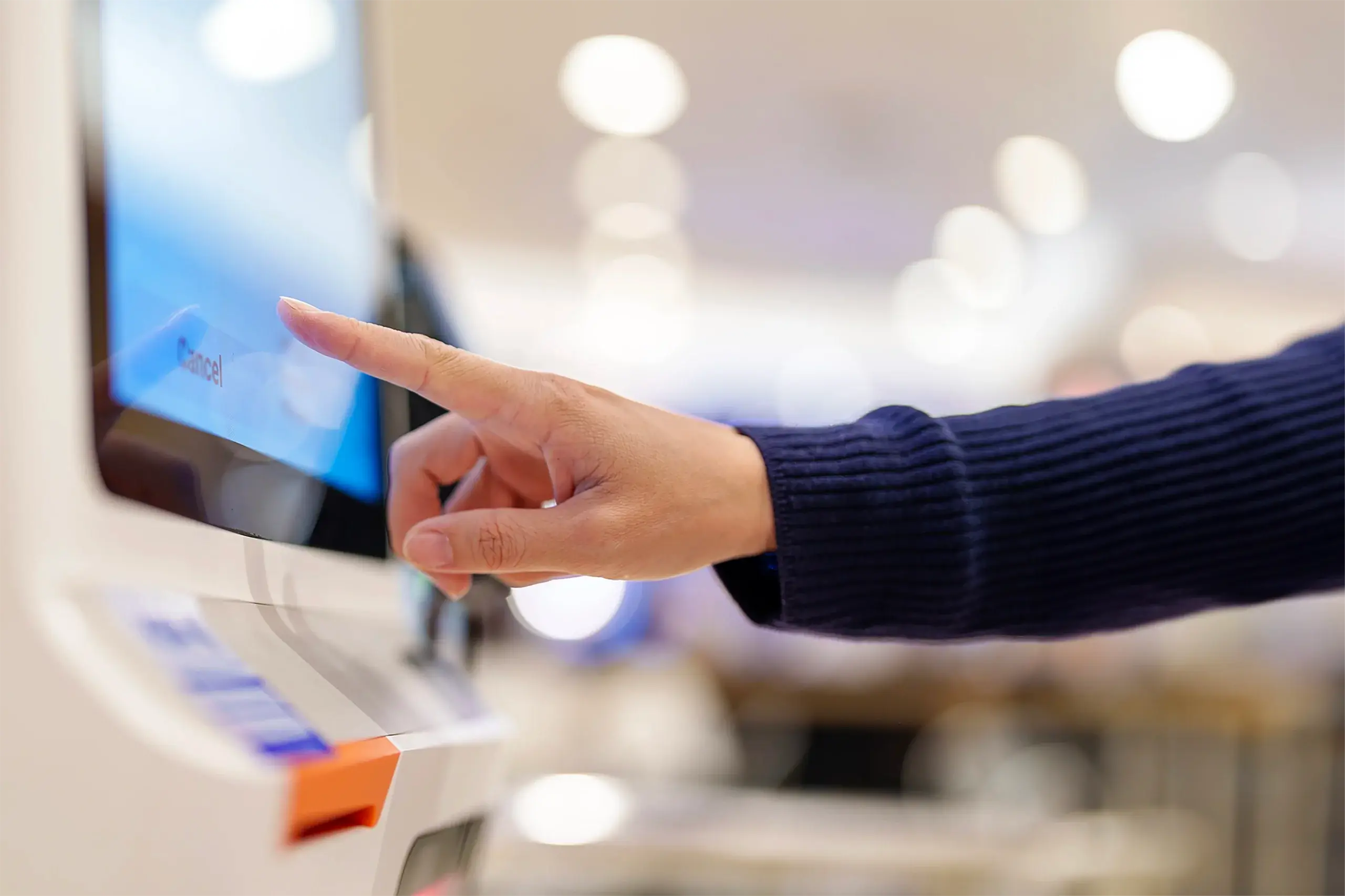
The UX of Credit: an Evolution of Trust
If you lived in a rural community at the beginning of the 20th century you probably didn’t travel very much and many of the things you needed could be bought from your local stores. If you couldn’t afford to pay, the store would let you leave with your items secured with a promise of future payments or credit. Your promise to repay, recorded in a ledger, was sufficient because the local stores knew their customers.
The rapid growth and adoption of cars following World War II opened up the country for rapid travel and shopping beyond the radius of familiar businesses. No longer did businesses know everything about the individuals that walked in through their front door. And unless you carried enough cash on hand, you may have found yourself leaving empty handed. It was not until 1949 with the launch of the Diners Card, and subsequently American Express, Visa, and MasterCard, that you could you easily pay for goods and services, thus launching the modern era of credit.
Credit Cards
While traditional credit requires a personal relationship between two parties, modern credit now requires a middleman, the credit card company. When you complete a purchase online, your credit card company extends you credit and pays the merchant on your behalf. Pay all your bills on time and the credit company will be willing to extend you even more credit. Fail to pay and you will get penalized, and possibly lose access to future credit. For taking on the risk of vouching for your character, the credit card company charges the merchant a portion of each transaction, and if you fail to pay your bills, the card company has the authority to recoup what you promised to pay, plus some more. Needless to say it is very lucrative to be the middleman in this transaction.
Today that thin piece of plastic is the centerpiece to your financial identity. Want to sign up for phone service, your service provider can see your history and determine if they want to sell you the service. If you need to rent an apartment, your landlord can a see your credit score to decide if they can trust you. Some companies will use credit information as part of the hiring decision. The credit card is a powerful tool, but small lapses can have long term impact on your financial future.
Credit Worthiness
However, there are changes to the way credit works in the not too distant future based on the fundamental principle, “know your customerâ€Â. Credit is based on the premise of trust between the merchant and the customer, so unfamiliar customers require a third party to vouch on their credit worthiness. Right now your worthiness is evaluated by the credit card company, but there are other ways to demonstrate that you can be trusted. Through your online activity, you are creating a social financial profile that could be shared between businesses.
Every time you pay for services, like Uber, or pay for your eBay purchases using PayPal, or display reliability by showing up for your OpenTable, you are demonstrating that you can be trusted to honour your commitments. These merchants can share that information amongst themselves so that when you go to make a reservation on AirBnB, they can get some information from other merchants as to how much they should trust you. This effectively cuts out the credit card company, and saves the merchant the transaction fees.
Credit History
That’s great for merchants, but this is also great news for consumers. When you move to a new country you will arrive with no credit history, and will find it difficult to start building one. However, your social financial profile is transferable, so if you move from Canada to the United States, your financial history with an apartment rental agency in Canada could be shared with one in America. Furthermore, it is currently the credit card companies that determine the risk factor of the card holder to the merchant in the form of a credit score, and may reject or prevent a transaction deemed risky. It should be a merchant’s responsibility to determine their own risk tolerance level, and may be willing to accept a transactions or agreement with higher risk individuals.
The ability to set that threshold may be used by merchants as a competitive differentiator, or allow them to provide credit services if they know that their customers would likely to rejected or turned away due to their history. Finally, breaking away from the current credit infrastructure allows the merchant to accept payment in alternative forms. Perhaps rather than accepting Canadian or US dollars, the merchant would prefer to get paid in Amazon credit, or any other virtual currency, like bitcoin. These are just a few of the benefits of cutting out the middle man.
Sounds good…..how do we get started? Well, the first challenge requires us to become comfortable with the creation and sharing of our social financial profile and second, we need to create security mechanisms that are reliable and trustworthy.
The large amounts of personal data needed to create a profile already exists, but it remains spread out between merchants, and only the credit card companies and banks have a better view of who you are. Like a social profile, your information is now shared, so that every time you complete a transaction with a merchant, they can get insight into your previous transactions with other merchants. The merchant wouldn’t be able to search, and store your data, that will secure and out of reach, but they will know that you skipped out paying on a couple eBay bids you won.
Second, we need to have trust in the integrity and security of our financial social profile. Technical solutions to providing security exist; the challenge is getting people to trust those solutions. When a large retailer like Target knew they were vulnerable but did not take steps to prevent the loss of customer data, it makes it hard to regain that trust. Expect to see a range of technologies in the next few years, particularly in the realm of wearable devices that will use biometrics (finger prints, retinal scans, heart rate, etc.) and other methods to help ensure that the individual trying to complete the transaction is who they say they are.
Once these steps occur, we can imagine a not too distant future where you can go out for dinner or jump into a taxi without your wallet, and get service based on who you are, not the number on a piece of plastic.
Comments
Related Articles



